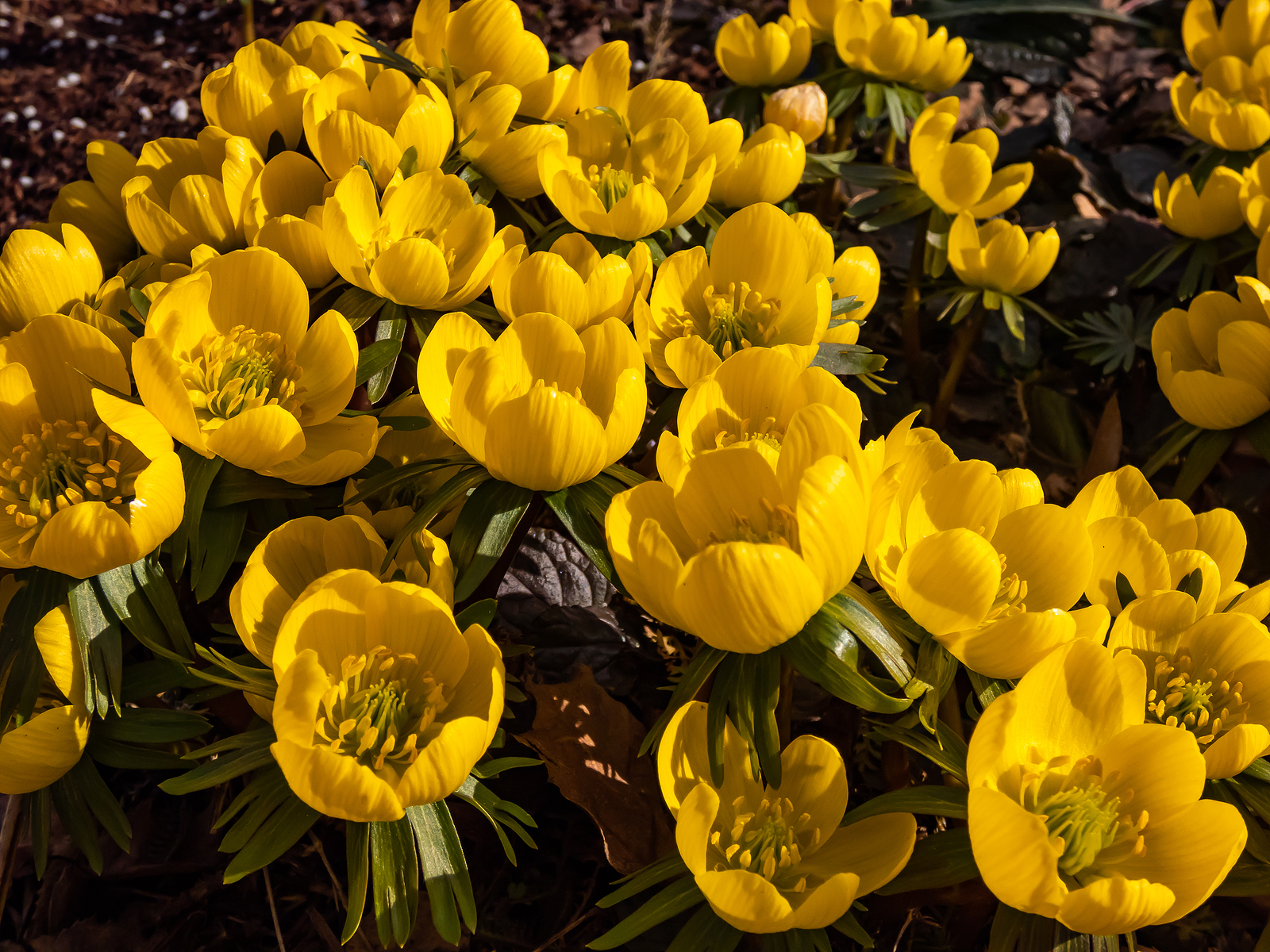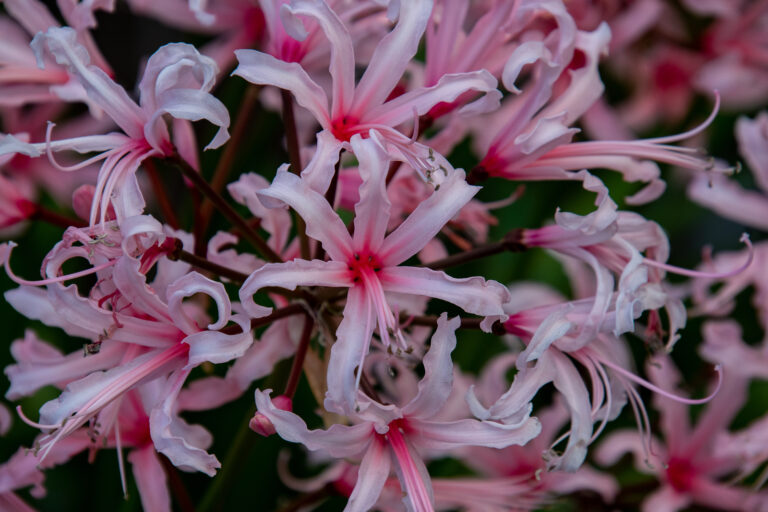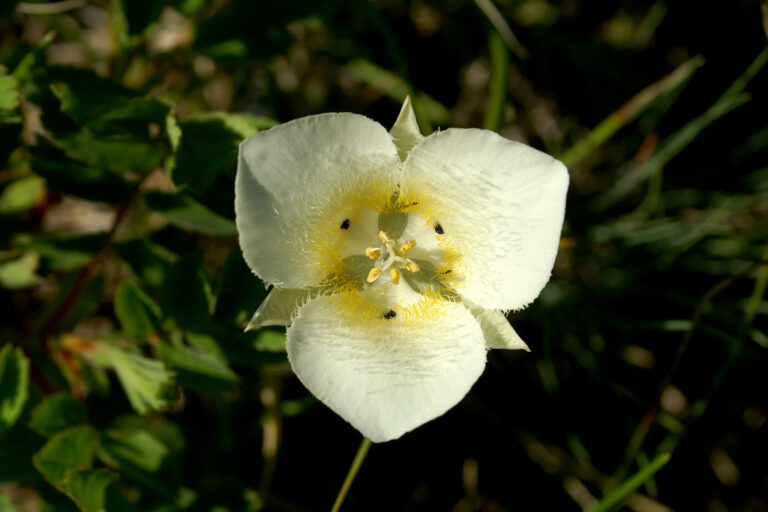How to Grow Winter Aconites — Eranthis
Eranthis–commonly called winter aconites–is a late winter and early spring blooming bulb grown for its bright yellow cup-shaped flowers. Eranthis blooms even before crocuses.
Eranthis flowers appear immediately above basal leaves that frame the flower. Eranthis can be grown as an early spring carpet flower. It naturalizes easily even in grass.
Eranthis grows from short rhizomes that have knobby tubers. There are about seven species in the genus. Eranthis is native to shady, damp woodlands and so is a good choice for shaded gardens.

Get to know Eranthis
- Plant type: Bulb (tuber)
- Growing zones and range: Zones 4 to 8.
- Hardiness: Hardy to Zone 4
- Height and width: 2 to 8 inches (5-20cm) tall.
- Foliage: Round basal leaves divided into narrow lobes; leaves appear immediately below flowers.
- Flowers: 1 inch (2.5cm), buttercup-shaped yellow flowers, with five to nine petal-like sepals; each bloom sits on a single, deeply lobed bright green leaf that looks like a ruff.
- Bloom time: Late winter to spring.
- Uses: Spring color in a shady border or woodland garden; can be naturalized in a lawn.
- Garden companions: Snowdrops (Galanthus); companion for other small bulbs or bulblike plants that bloom at the same, such as snowdrop and Siberian squill.
- Common name: Winter aconites
- Botanical name: Eranthis
- Family name: Ranunculaceae
- Origin: Eurasia
Where to plant Eranthis
- Plant Eranthis in light shade or full sun.
- Plant Eranthis in humus-rich, fertile, moist soil.

When to plant Eranthis
- Plant Eranthis seeds in a cold frame in spring.
- Plant Eranthis tubers in late summer before they shrivel.
Planting and spacing Eranthis
- In fall, plant Eranthis with the base of the tubers 2 to 3 inches (5-8cm) below the soil surface.
- Plant tubers 4 inches (10cm) apart.
- Eranthis will reseed in shady, damp conditions.
How to water and feed Eranthis
- Give Eranthis regular water during growth and bloom.
- Fertilize Eranthis will an all-purpose, organic fertilizer in spring.
How to care for Eranthis
- If Eranthis tubers are dry at planting time, plump them up in wet sand before planting.
Eranthis pests and diseases
- Eranthis can develop smut.
- Eranthis can be attacked by slugs and snails.

Eranthis propagation
- Divide Eranthis clumps after blooming.
- When dividing Eranthis, separate into small clumps rather than single tubers.
- Sow seed in individual containers in a cold frame in spring.
Eranthis varieties to grow
- Eranthis cilicica, winter aconite, has yellow flowers up to 1.5 inches (4cm) wide; grows 2 to 3 inches (5-8cm) tall; finely lobed green leaves are tinged with bronze.
- E. hyemalis, winter aconite, naturalizes quickly, especially in alkaline soil; grows 2 to 3 inches (5-8cm) tall; bears yellow flowers in late winter or early spring.
- E. tubergenii hybrids: hybrids occur between several of the seven Eranthis species; E. tubergenii is a hybrid between Eranthis cilicica and Eranthis hyemalis; flower colors include white and lavender.







